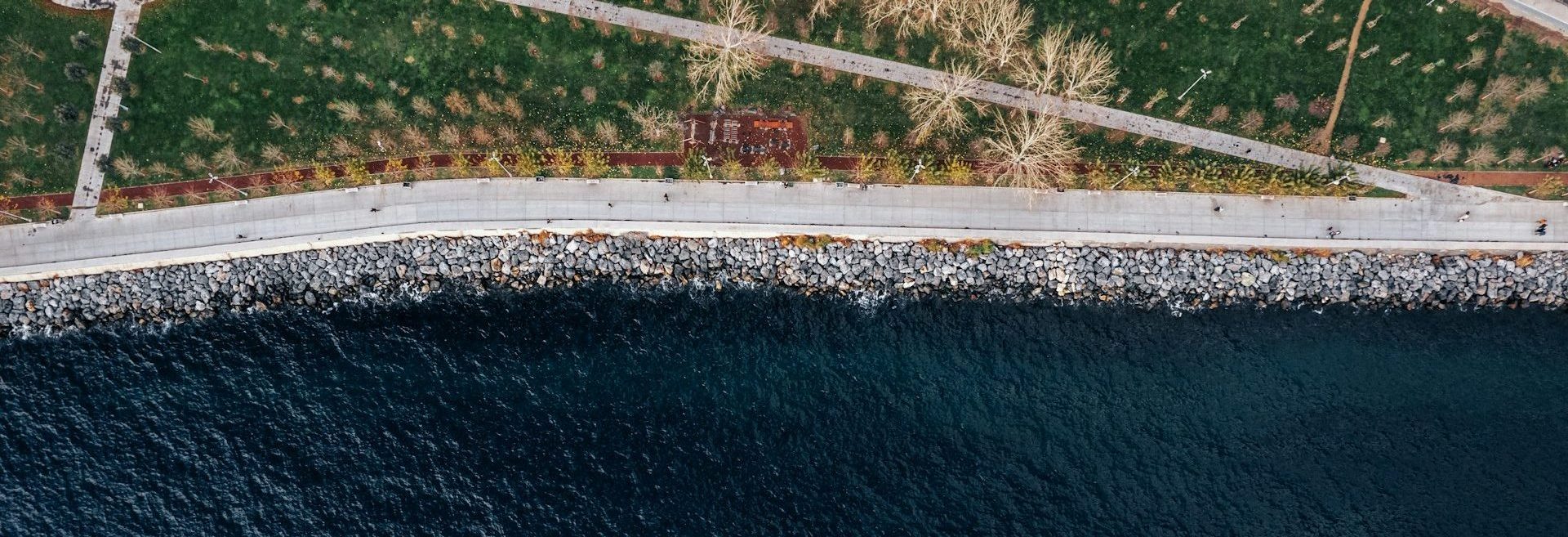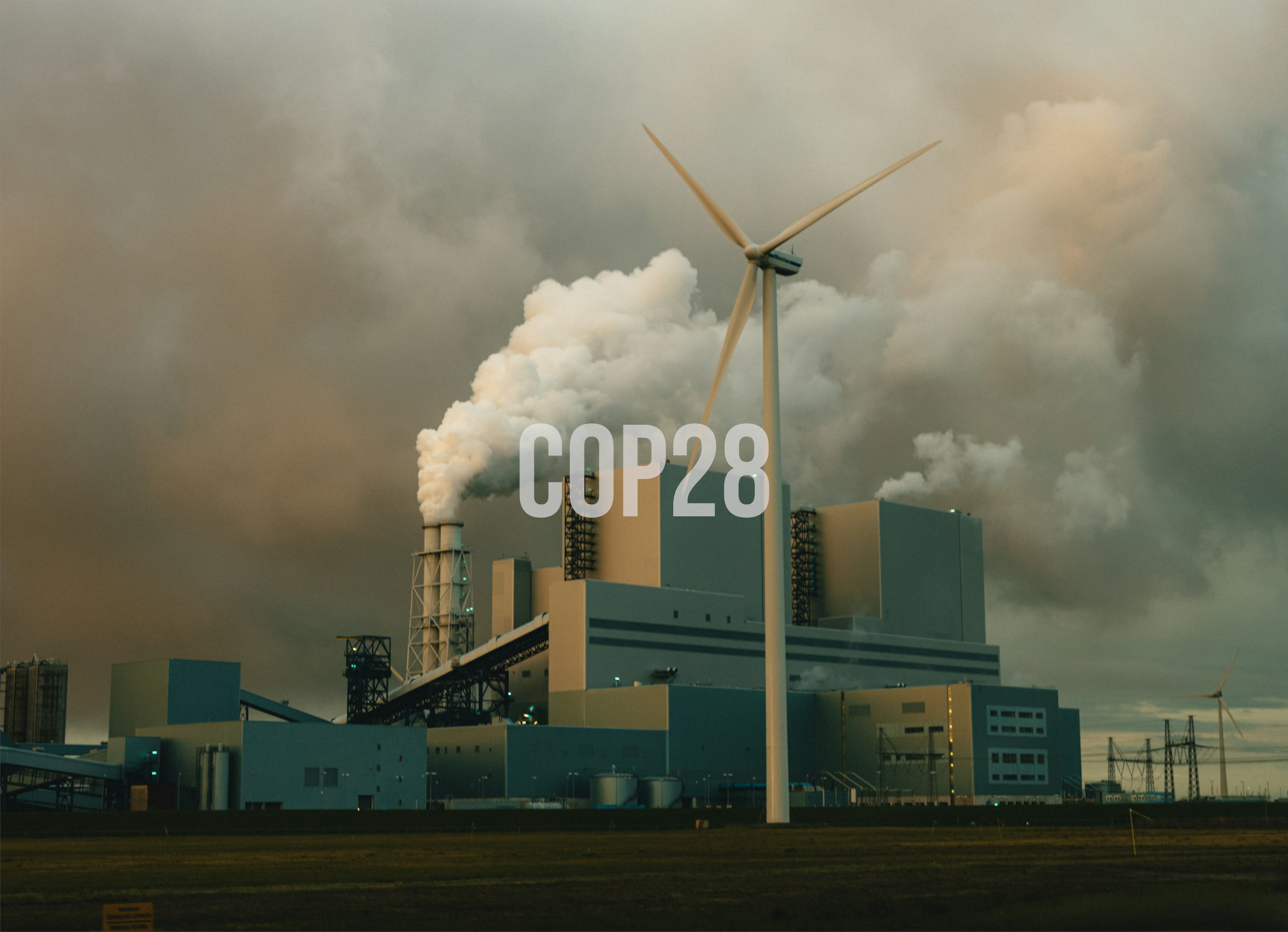Professor Carlo Carraro, economist, former Vice-Chair of the IPCC Working Group III on the mitigation of climate change, and founding fellow of CMCC – the Euro-Mediterranean Centre on Climate Change, the leading research center on climate sciences, comments on the Tropical Forests Forever Facility (TFFF), the ambitious and crucial climate finance tool ahead of COP30 in Brazil, where forests will take center stage in the global discussion on climate change.
TFFF is an initiative that supports the conservation and expansion of tropical forests by providing annual payments to countries that maintain their forest cover over time. It was created to offer an innovative economic incentive that enables tropical forest nations to protect and manage their forests, considering the high costs of forest management and preservation.
A new paradigm for forest conservation
The TFFF introduces an innovative climate finance model that provides annual payments to tropical countries that maintain or expand their forest cover. It aims to mobilize around $125 billion, combining $25 billion in public funds (as a “junior” tranche) with $100 billion from private investors through “senior” bonds.
The fund’s annual returns – about $4 billion – would be distributed to countries achieving measurable reductions in deforestation. This makes the TFFF a transparent, results-based, large-scale mechanism for rewarding those who successfully preserve tropical forests.
An initiative led by the Global South
Originally conceived over 15 years ago within the World Bank, the TFFF was recently revived by the Brazilian government and presented at COP28, with support from Colombia, Ghana, the Democratic Republic of Congo, Indonesia, and Malaysia.
According to Carraro, “This is a turning point: for the first time, the Global South is leading a major climate finance initiative, which increases its legitimacy and political relevance.”
Challenging, and ambitious
The TFFF addresses one of the key barriers to scaling up climate finance in developing countries: the high cost of capital. It could become a replicable model for other green investments, lowering financial burdens for climate action in the Global South.
Yet, concerns remain about its economic viability. “The proposed $4 per hectare per year payment may be too low to effectively protect forests or to provide competitive returns for investors,” says Carraro. “The World Bank’s role as fund manager will be crucial to ensure transparency, accountability, and investor confidence.”
A crucial tool, to be perfected
For Carraro, the success of the TFFF will depend on improving performance metrics and integrating the facility into broader climate and sectoral policies. “Beyond measuring forest cover, we need richer indicators – such as avoided deforestation, ecosystem quality, indigenous rights, and policy coherence – to truly assess impact,” he notes.
Importantly, the TFFF foresees that at least 20% of the funds will be allocated directly to indigenous peoples and local communities, recognizing their essential role in forest stewardship. Coordination with the REDD+ carbon credit mechanism and agricultural and energy policies will also be necessary to avoid overlap and ensure consistency.
“A key positive aspect of the TFFF is the direct economic incentive to preserve forests, making conservation more profitable than deforestation,” says Carraro. “This reverses the economic logic that has historically favored clearing trees for agriculture and timber.“






